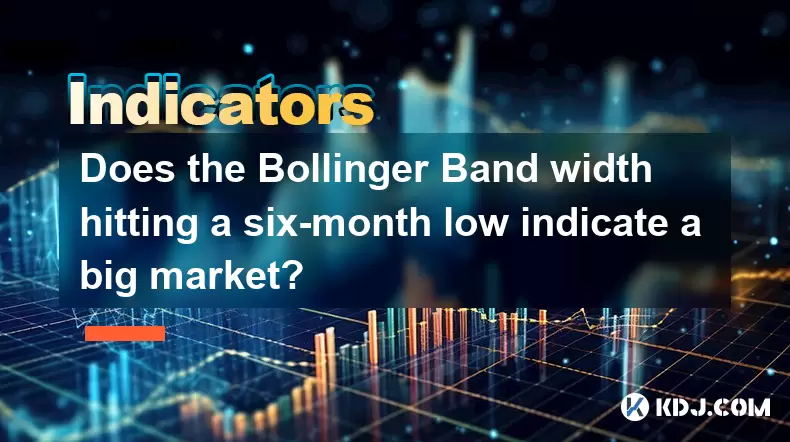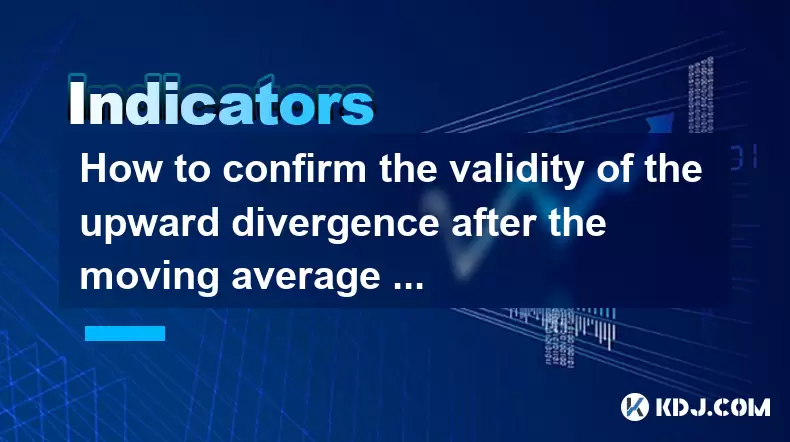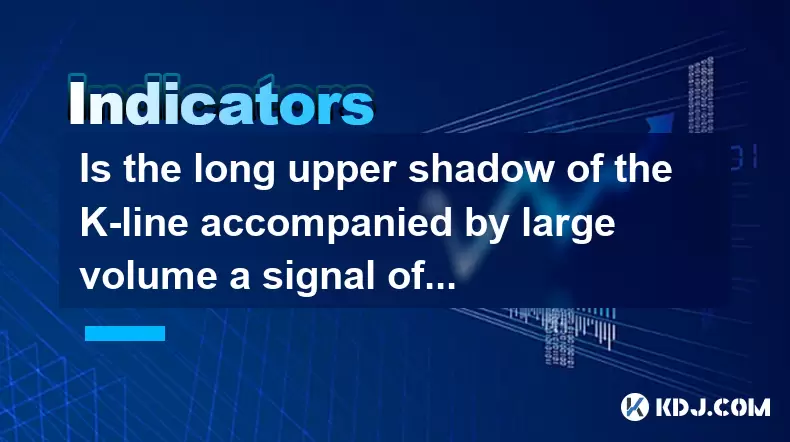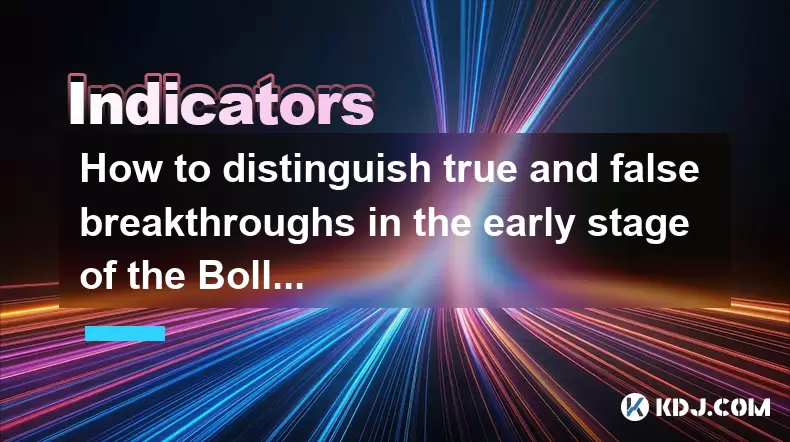-
 Bitcoin
Bitcoin $106,754.6083
1.33% -
 Ethereum
Ethereum $2,625.8249
3.80% -
 Tether USDt
Tether USDt $1.0001
-0.03% -
 XRP
XRP $2.1891
1.67% -
 BNB
BNB $654.5220
0.66% -
 Solana
Solana $156.9428
7.28% -
 USDC
USDC $0.9998
0.00% -
 Dogecoin
Dogecoin $0.1780
1.14% -
 TRON
TRON $0.2706
-0.16% -
 Cardano
Cardano $0.6470
2.77% -
 Hyperliquid
Hyperliquid $44.6467
10.24% -
 Sui
Sui $3.1128
3.86% -
 Bitcoin Cash
Bitcoin Cash $455.7646
3.00% -
 Chainlink
Chainlink $13.6858
4.08% -
 UNUS SED LEO
UNUS SED LEO $9.2682
0.21% -
 Avalanche
Avalanche $19.7433
3.79% -
 Stellar
Stellar $0.2616
1.64% -
 Toncoin
Toncoin $3.0222
2.19% -
 Shiba Inu
Shiba Inu $0.0...01220
1.49% -
 Hedera
Hedera $0.1580
2.75% -
 Litecoin
Litecoin $87.4964
2.29% -
 Polkadot
Polkadot $3.8958
3.05% -
 Ethena USDe
Ethena USDe $1.0000
-0.04% -
 Monero
Monero $317.2263
0.26% -
 Bitget Token
Bitget Token $4.5985
1.68% -
 Dai
Dai $0.9999
0.00% -
 Pepe
Pepe $0.0...01140
2.44% -
 Uniswap
Uniswap $7.6065
5.29% -
 Pi
Pi $0.6042
-2.00% -
 Aave
Aave $289.6343
6.02%
Does the Bollinger Band width hitting a six-month low indicate a big market?
Bollinger Bands hitting a six-month low suggest heightened volatility and potential price breakouts, signaling traders to prepare for significant moves in crypto markets.
Jun 20, 2025 at 11:00 pm

Understanding the Bollinger Band Indicator
Bollinger Bands are a popular technical analysis tool used in cryptocurrency trading to assess market volatility and potential price movements. The indicator consists of three lines: a simple moving average (SMA), typically set at 20 periods, and two bands plotted above and below the SMA, which are standard deviations away from the central line. These bands dynamically expand and contract based on recent price volatility.
When the Bollinger Band width decreases significantly, it indicates that the market is experiencing low volatility. A six-month low in this width suggests that the current level of volatility is the lowest it has been over the past half-year. This can be particularly insightful for traders who rely on mean reversion strategies, as low volatility often precedes sharp price moves in either direction.
What Does a Narrowing Band Imply?
A narrowing Bollinger Band width reflects a consolidation phase where prices are range-bound and lack strong directional momentum. In the context of cryptocurrencies like Bitcoin or Ethereum, such phases are common before major breakout events. During these periods, traders may observe tightening price ranges and reduced volume, indicating that market participants are waiting for a catalyst to push prices higher or lower.
The fact that the width hits a six-month low implies that the current consolidation period is unusually long or quiet compared to previous months. While this does not guarantee an imminent large move, it does raise the probability of one occurring soon. Historical data shows that after extended periods of contraction, Bollinger Bands tend to expand rapidly, signaling increased volatility and potentially significant price action.
Interpreting the Signal in Cryptocurrency Context
In the crypto markets, volatility is a constant feature, but when the Bollinger Band width reaches a multi-month low, it's worth paying attention. Cryptocurrencies are known for their tendency to trend strongly after consolidation phases. For example, during the 2020–2021 bull run, Bitcoin saw multiple instances where Bollinger Bands contracted before explosive rallies followed.
Traders should look for confirmation signals alongside the narrowing bands. These could include volume spikes, candlestick patterns such as hammers or engulfing candles, or breakouts above resistance or below support levels. It’s also crucial to consider broader market conditions—such as regulatory news, macroeconomic trends, or exchange-related developments—that might trigger a sudden surge in volatility.
How to Use This Information Strategically
For traders seeking to capitalize on a potential big move, several strategies can be employed once the Bollinger Band width hits a six-month low:
- Position sizing adjustments: Reduce exposure during consolidation and increase it once a breakout occurs.
- Range trading: Buy near the lower band and sell near the upper band while the market remains compressed.
- Breakout trading: Enter a position once price breaks out of the tight range with strong volume and momentum.
- Options or futures positioning: For advanced traders, options can offer leveraged exposure to anticipated volatility without committing large capital upfront.
It’s essential to use stop-loss orders and manage risk effectively, especially in the unpredictable crypto market. A false breakout can lead to quick losses, so combining the Bollinger Band signal with other indicators like RSI or MACD can help filter noise and confirm trends.
Historical Patterns and Backtesting Insights
Backtesting historical data from major cryptocurrencies reveals interesting insights. When the Bollinger Band width reached a six-month minimum, more than 60% of the time, a significant price movement occurred within the next 7 to 14 days. However, the direction of the move was not always predictable. Some consolidations led to bullish breakouts, while others triggered sharp corrections.
One notable case was in early 2023 when Ethereum’s Bollinger Band width hit a six-month low ahead of the Shanghai upgrade. Following the event, ETH experienced a rapid rise of over 25% in a matter of days. Similarly, Bitcoin showed similar behavior in late 2022, where a contraction preceded a rally from $16,000 to over $29,000 within a few weeks.
These examples reinforce the idea that low Bollinger Band width doesn’t predict direction, but rather signals an increased likelihood of a substantial move. Traders should remain neutral until confirming signs appear.
Frequently Asked Questions
Q1: Can Bollinger Bands alone predict a big market move?
While Bollinger Bands are powerful tools for measuring volatility, they should not be used in isolation. Combining them with volume indicators, RSI, or fundamental catalysts improves accuracy and reduces false signals.
Q2: How do I identify a six-month low in Bollinger Band width?
You can plot the Bollinger Band width as a separate indicator on your charting platform. Set it to calculate the difference between the upper and lower bands as a percentage of the middle band. Then compare current values to historical readings over the past six months.
Q3: What timeframes are best suited for analyzing Bollinger Band contractions?
Daily charts provide the most reliable signals for medium-term investors, while 4-hour or 1-hour charts may offer tactical entry points for active traders. Always cross-reference across multiple timeframes for better decision-making.
Q4: Is there a risk of false signals when using Bollinger Bands for breakout trading?
Yes, false breakouts are common, especially in volatile crypto markets. To mitigate this, wait for confirmation candles, monitor volume surges, and avoid entering trades solely based on a single indicator reading.
Disclaimer:info@kdj.com
The information provided is not trading advice. kdj.com does not assume any responsibility for any investments made based on the information provided in this article. Cryptocurrencies are highly volatile and it is highly recommended that you invest with caution after thorough research!
If you believe that the content used on this website infringes your copyright, please contact us immediately (info@kdj.com) and we will delete it promptly.
- Seed Phrase, Self Custody, and Liability: Are You Really Your Own Bank?
- 2025-06-21 04:25:11
- Bitcoin Demand Dries Up: Capital Exits and Market Indecision
- 2025-06-21 04:25:11
- Ripple, RLUSD, and Alchemy Pay: A New Era of Crypto Accessibility
- 2025-06-21 04:45:12
- Bitcoin, Quantum Computers, and Cryptography: Navigating the Post-Quantum Landscape in NYC
- 2025-06-21 04:45:12
- Coinbase's Luxembourg Leap: MiCA License Secured, Europe Domination in Sight!
- 2025-06-21 05:05:12
- Staked Ether, Corporate Crypto, and Finance Adoption: A New York Minute
- 2025-06-21 02:45:13
Related knowledge

Does the sudden contraction of ATR indicate the end of the trend?
Jun 20,2025 at 11:14pm
Understanding ATR and Its Role in Technical AnalysisThe Average True Range (ATR) is a technical indicator used to measure market volatility. Developed by J. Welles Wilder, ATR calculates the average range of price movement over a specified period, typically 14 periods. It does not indicate direction—only volatility. Traders use ATR to gauge how much an ...

Is the trend continuation when the Williams indicator is oversold but there is no rebound?
Jun 20,2025 at 11:42pm
Understanding the Williams %R IndicatorThe Williams %R indicator, also known as the Williams Percent Range, is a momentum oscillator used in technical analysis to identify overbought and oversold levels in price movements. It typically ranges from 0 to -100, where values above -20 are considered overbought and values below -80 are considered oversold. T...

Is the golden cross of the ROC indicator below the zero axis effective?
Jun 20,2025 at 09:42pm
Understanding the ROC Indicator and Its Role in Cryptocurrency TradingThe Rate of Change (ROC) indicator is a momentum oscillator widely used by traders to assess the speed at which cryptocurrency prices are changing. It measures the percentage difference between the current price and the price from a certain number of periods ago. The ROC helps identif...

How to confirm the validity of the upward divergence after the moving average sticks together?
Jun 21,2025 at 01:36am
Understanding the Basics of Moving Averages and DivergenceIn technical analysis, moving averages are crucial tools used to smooth out price data over a specified time period. When multiple moving averages converge or 'stick together,' it often indicates a consolidation phase in the market. This phenomenon can be a precursor to significant price movement...

Is the long upper shadow of the K-line accompanied by large volume a signal of peaking?
Jun 21,2025 at 12:28am
Understanding the Long Upper Shadow K-LineThe long upper shadow of a K-line is a common candlestick pattern that often appears during price action analysis. It consists of a small real body with a long upper wick, indicating that the price rose significantly during the period but was ultimately rejected and closed lower than its high. This pattern can s...

How to distinguish true and false breakthroughs in the early stage of the Bollinger Band opening?
Jun 20,2025 at 10:35pm
Understanding the Bollinger Band StructureBollinger Bands consist of three lines: a simple moving average (SMA) in the middle, and two outer bands that are standard deviations away from the SMA. These bands expand and contract based on market volatility. When the bands begin to widen, it often signals an increase in price volatility, which traders inter...

Does the sudden contraction of ATR indicate the end of the trend?
Jun 20,2025 at 11:14pm
Understanding ATR and Its Role in Technical AnalysisThe Average True Range (ATR) is a technical indicator used to measure market volatility. Developed by J. Welles Wilder, ATR calculates the average range of price movement over a specified period, typically 14 periods. It does not indicate direction—only volatility. Traders use ATR to gauge how much an ...

Is the trend continuation when the Williams indicator is oversold but there is no rebound?
Jun 20,2025 at 11:42pm
Understanding the Williams %R IndicatorThe Williams %R indicator, also known as the Williams Percent Range, is a momentum oscillator used in technical analysis to identify overbought and oversold levels in price movements. It typically ranges from 0 to -100, where values above -20 are considered overbought and values below -80 are considered oversold. T...

Is the golden cross of the ROC indicator below the zero axis effective?
Jun 20,2025 at 09:42pm
Understanding the ROC Indicator and Its Role in Cryptocurrency TradingThe Rate of Change (ROC) indicator is a momentum oscillator widely used by traders to assess the speed at which cryptocurrency prices are changing. It measures the percentage difference between the current price and the price from a certain number of periods ago. The ROC helps identif...

How to confirm the validity of the upward divergence after the moving average sticks together?
Jun 21,2025 at 01:36am
Understanding the Basics of Moving Averages and DivergenceIn technical analysis, moving averages are crucial tools used to smooth out price data over a specified time period. When multiple moving averages converge or 'stick together,' it often indicates a consolidation phase in the market. This phenomenon can be a precursor to significant price movement...

Is the long upper shadow of the K-line accompanied by large volume a signal of peaking?
Jun 21,2025 at 12:28am
Understanding the Long Upper Shadow K-LineThe long upper shadow of a K-line is a common candlestick pattern that often appears during price action analysis. It consists of a small real body with a long upper wick, indicating that the price rose significantly during the period but was ultimately rejected and closed lower than its high. This pattern can s...

How to distinguish true and false breakthroughs in the early stage of the Bollinger Band opening?
Jun 20,2025 at 10:35pm
Understanding the Bollinger Band StructureBollinger Bands consist of three lines: a simple moving average (SMA) in the middle, and two outer bands that are standard deviations away from the SMA. These bands expand and contract based on market volatility. When the bands begin to widen, it often signals an increase in price volatility, which traders inter...
See all articles

























































































